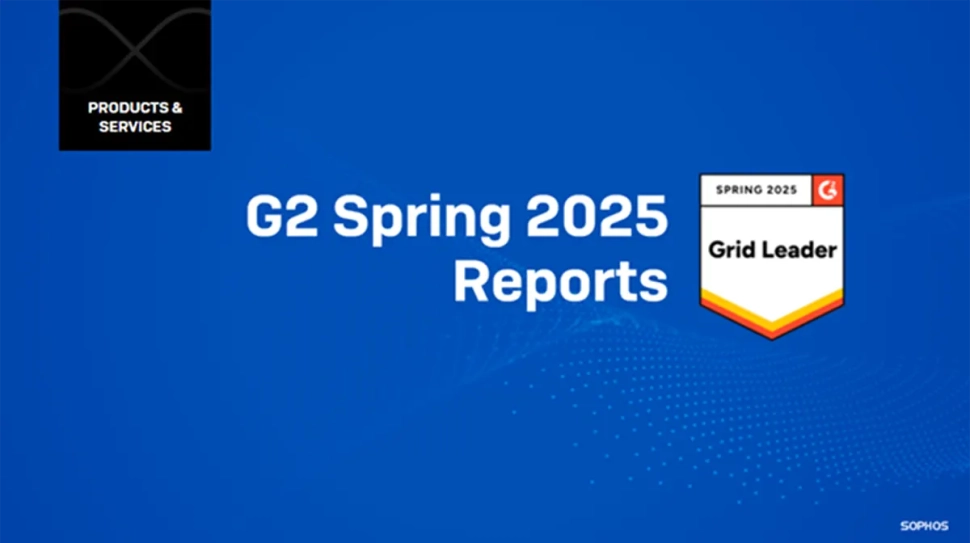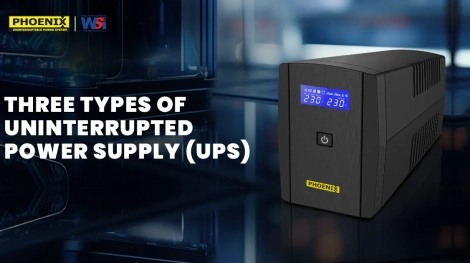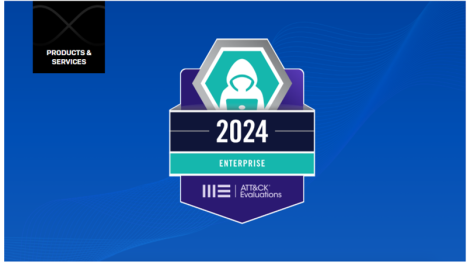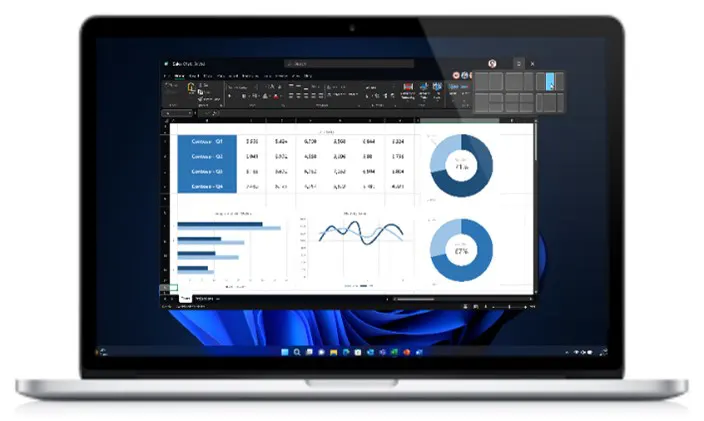Always Room for More: MXW neXt now in 4 and 8 channel options MXW neXt 4 and 8 complete the redesign of the award winning Microflex Wireless microphone sys ...
Blogs
Home | Blog
Ongoing Events
- September 3, 2024
Done
Popular Now
MXA901: A Sleeker Take On Tech for Ceiling Audio
The MXA901 conferencing ceiling array mic provides superb AV conferencing audio in a compact and stylish 13.5-inch (34 cm) round form factor. Author: Chris Lyons What’s New:Discreet 13.5-inch (34 cm) round form factor complements any inter ...
G2 Spring 2025 Report
Sophos ranked #1 overall for Firewall, MDR, and EDR in the G2 Spring 2025 Reports Als ...
Sophos AI Assistant: Accelerating security operations with GenAI
Introducing the powerful new AI Assistant in Sophos XDR. Crafted by experts, created for e ...
RIDING THE DIGITAL WAVE FOR THE FUTURE OF FINANCE IN ASIA-PACIFIC
The Essential Role of a Resilient Payment Gateway in Navigating Financial Disturbances ...
Recent Posts
WSI Becomes the Official Distributor for Shure Conferencing Solutions
Wordtext Systems Inc. has been appointed as the official distributor for Shure conferencin ...
Three Types of Uninterrupted Power Supply (UPS)
Imagine you're in the middle of a busy workday or enjoying a movie night, and suddenly the ...
RIDING THE DIGITAL WAVE FOR THE FUTURE OF FINANCE IN ASIA-PACIFIC
How digital technologies will affect the future of finance in Asia-Pacific Like many o ...
Ranked #1 overall for Firewall, MDR, and EDR
Ranked #1 overall for Firewall, MDR, and EDR Sophos was also ranked the #1 solution in 36 ...
Sophos excels in the 2024 MITRE ATT&CK®
Sophos excels in the 2024 MITRE ATT&CK® Evaluations: Enterprise Results from the late ...
Why UPS Should Be Essential for Businesses and Homeowners
Power outages are an unavoidable part of life. Whether due to natural causes, infrastructu ...
Why SMBs Should Upgrade to Windows 11 Pro: Boosting Productivity and Security as Windows 10 Nears End of Support
As of October 14, 2025, Microsoft will end support for Windows 10, which means no more sec ...
Top 5 Benefits of Using a Document Management System for Your Business
As the Philippines transitions to a more digital approach in communications as well as man ...
Talk to Us
Phone
Schedule
8:00am - 5:00pm, Monday - Friday
/*
Copy this code on section to modify colors of icons, submit button, hovers
depends on the webpage theme.
Note: Keep visibility disabled, Do not Edit this
*/
/*Contact Content Icons & Text*/
.contact-iconbox .elementor-icon {
color: pink;
fill: pink;
}
.contact-iconbox .elementor-icon:hover{
color: violet;
fill:violet ;
}
.contact-iconbox p a, .contact-iconbox p{
color: pink !important;
}
.contact-iconbox p a:hover, .contact-iconbox p:hover{
color: violet !important;
}
/*Contact Form*/
.contact-form .elementor-widget-container{
background:red !important;
}
.contact-form label{
color: blue;
}
.contact-form .wpforms-submit-container button{
border-color: pink !important;
background: pink !important;
}
.contact-form .wpforms-submit-container button:hover{
background: violet !important;
border-color: violet !important;
}
Head Office
1005 Metropolitan Ave, Corner Kakarong, Makati, 1205 Metro Manila
Cebu Office
2F Unit 202-204, GMC Innovation Center, M. J. Cuenco Ave, Brgy San Roque Cebu City 6000
Davao Office
Unit 11, Plug Holdings Bldg, 141 R. Castillo St, Agdao, Davao City, 8000 Davao del Sur













